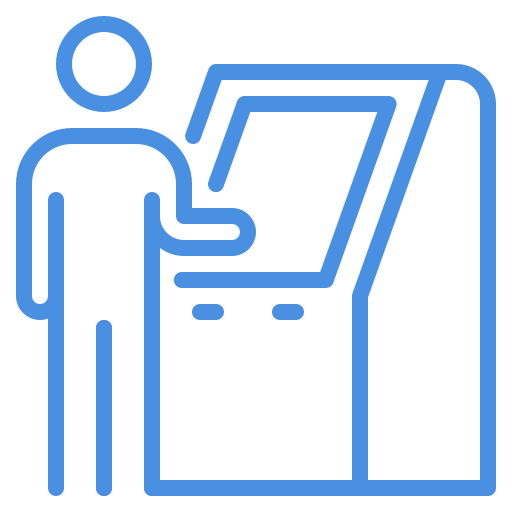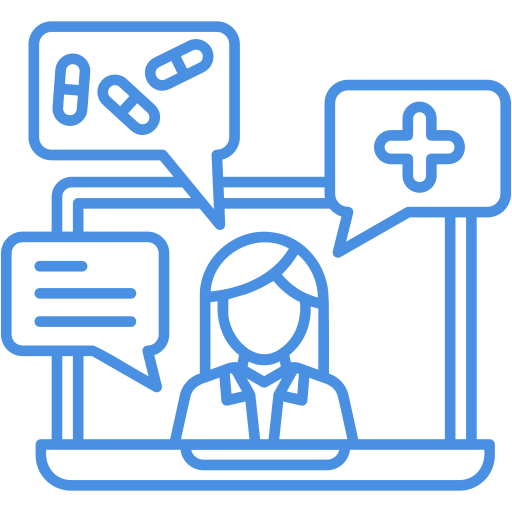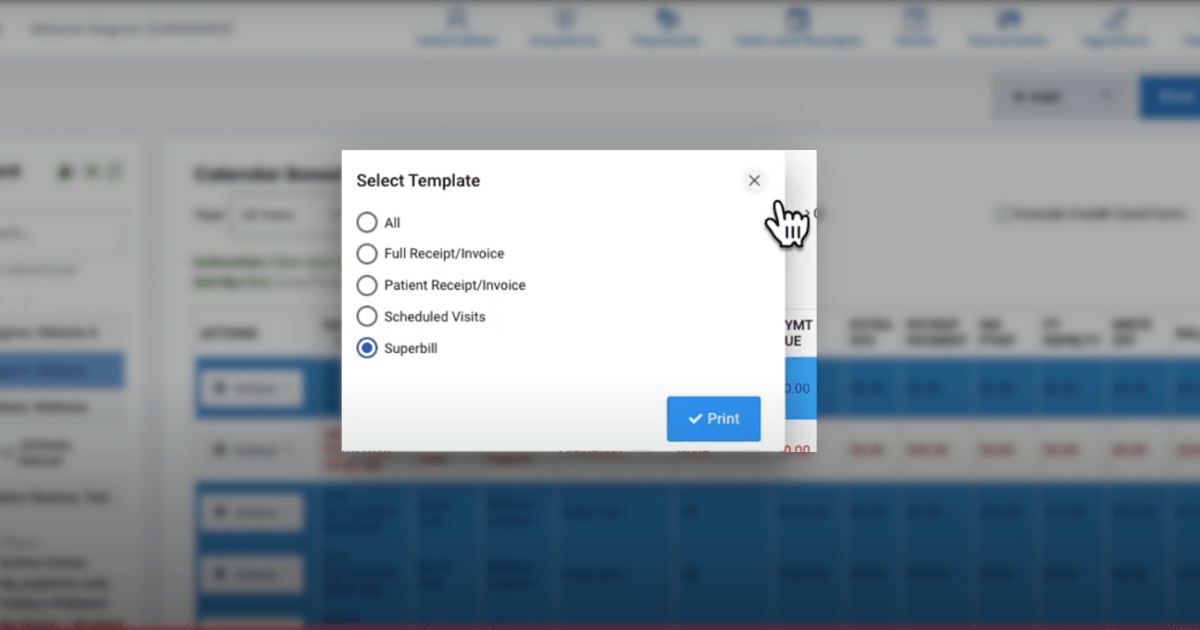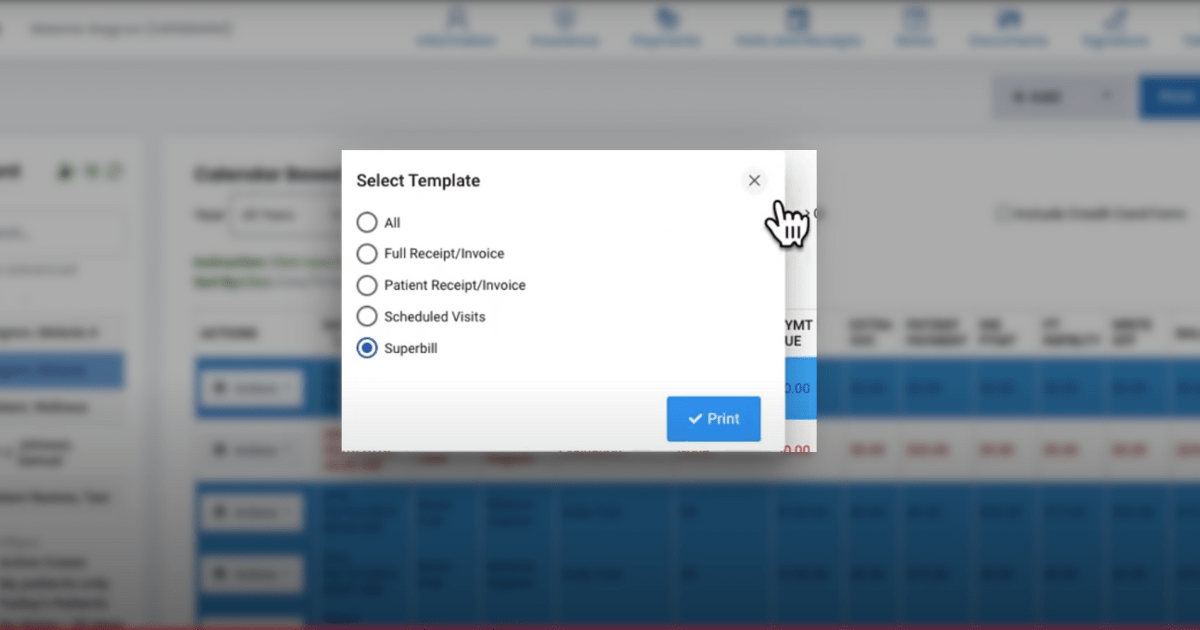TikTok Strategies for Therapists: Engaging Younger Audiences and Growing Your Practice
Unlock the potential of TikTok for your therapy practice with proven TikTok strategies for therapists. Learn how to create engaging content, connect with younger audiences, and establish your expertise in the mental health space. Discover tips for optimizing your profile, leveraging trending sounds, and using storytelling to build trust and attract new clients. Whether you’re new to TikTok or looking to refine your approach, these strategies will help you grow your online presence and expand your practice effectively.

Introduction
TikTok has transformed how younger generations consume content, making it a valuable platform for therapists to engage with Gen Z and Millennials. By leveraging short-form videos, therapists can educate, destigmatize mental health, and build a trusted online presence. However, success on TikTok requires a balance between engagement and ethical considerations.
In this guide, we’ll explore the best TikTok strategies for therapists, helping you grow your presence while maintaining professional integrity.
Why TikTok is a Game-Changer for Therapists
Engaging a Digital-First Generation
Gen Z and Millennials turn to TikTok not just for entertainment but also for education and social awareness. The platform’s highly personalized algorithm prioritizes engaging and valuable content, making it easier for therapists to reach potential clients.
TikTok’s Algorithm Expands Reach
Unlike platforms where reach depends on follower count, TikTok’s algorithm boosts content based on engagement, shares, and watch time. Even new accounts can gain significant exposure if their content resonates with viewers.
Key features that help tiktok strategies for therapists expand their reach include:
-
- The For You Page (FYP), which customizes content for each user.
-
- Hashtags and trending audio, which increase discoverability.
-
- Duets and stitches, which encourage interaction and collaboration.
Destigmatizing Therapy and Mental Health
Many young people hesitate to seek therapy due to stigma or misconceptions. TikTok allows therapists to:
-
- Normalize therapy by sharing relatable experiences.
-
- Debunk mental health myths in a digestible format.
-
- Break down barriers to seeking professional help by making therapy approachable.
Effective TikTok Strategies for Therapists
Creating Educational and Engaging Content
Therapists can use trending sounds, text overlays, and storytelling techniques to make their content engaging while still being informative.
Popular content ideas include:
-
- Myth vs. Fact Videos – Addressing misconceptions about therapy.
-
- Mini Therapy Tips – Offering quick strategies for managing anxiety, stress, or pain.
-
- Behind-the-Scenes Content – Providing insight into a therapist’s daily routine (while maintaining HIPAA compliance).
-
- Q&A Style Videos – Answering frequently asked therapy-related questions.
-
- Mental Health Challenges & Encouragement – Motivating young audiences to prioritize their well-being.
Leveraging Trends to Make Therapy Approachable
TikTok thrives on trends, challenges, and viral audio clips. Therapists can incorporate these elements while staying true to their expertise.
For example, a speech therapist can use a trending sound to demonstrate articulation exercises in an engaging way.
Using Storytelling to Build Trust
Storytelling makes content relatable and memorable. Therapists can share:
-
- General case studies (without breaching confidentiality).
-
- Personal insights on the therapy process.
-
- Hypothetical client scenarios to illustrate common concerns.
For example, a mental health therapist could post a “Day in the Life of a Therapist” video to showcase therapy’s impact in a non-intimidating way.
Encouraging Audience Interaction
Strong social media engagement is key to effective TikTok strategies for therapists.
Therapists can:
-
- Responding to comments.
-
- Creating Duet or Stitch videos to react to or expand on another user’s content.
-
- Asking thought-provoking questions to encourage discussion.
For example, if a follower asks, “How do I know if I need therapy?”, a therapist can create a video response explaining common signs.
The Role of Clickbait in Engagement
Clickbait techniques can boost engagement, but therapists must use them ethically.
Using intriguing hooks like “You’ve been breathing wrong your whole life—here’s why!” can capture attention while still delivering valuable content.
However, misleading claims should be avoided. Instead, balance curiosity-driven content with accurate, professional insights.
Ethical Considerations for Therapists on TikTok
Avoid Providing Direct Clinical Advice
Therapists should educate rather than diagnose or provide individualized therapy advice. Best practices include:
-
- Using disclaimers that content is for educational purposes only.
-
- Encouraging viewers to seek professional help when needed.
Example: Instead of saying, “DM me for therapy advice!”, say, “If you’re struggling, reach out to a licensed therapist for personalized support.”
Maintain Patient Confidentiality (HIPAA Compliance)
Therapists must never disclose identifiable patient information. Instead, they can:
-
- Use generalized case studies.
-
- Share educational insights without referencing specific clients.
Be Mindful of Misinformation and Oversimplification
Instead of saying, “This one tip will cure your anxiety!”, therapists should say, “This exercise can help manage anxiety, but therapy may be necessary for long-term relief.”
Set Professional Boundaries
TikTok’s casual nature can blur professional lines. Therapists should:
-
- Maintain a friendly yet professional tone.
-
- Avoid personal DMs with followers asking for medical advice.
The Impact of TikTok on Therapy Awareness
With strong TikTok strategies for therapists, professionals can:
-
- Make therapy more accessible.
-
- Educate younger audiences on mental health.
-
- Combat misinformation with expert insights.
By following ethical guidelines and leveraging TikTok’s engagement-driven format, therapists can grow their practice while positively impacting mental health awareness.
Conclusion
TikTok offers therapists a unique opportunity to engage with younger audiences and normalize therapy. By following ethical guidelines and leveraging engaging content strategies, therapists can expand their reach, build trust, and make a lasting impact in mental health awareness. Strong social media engagement is key to sustaining growth and ensuring content reaches those who need it most.

































